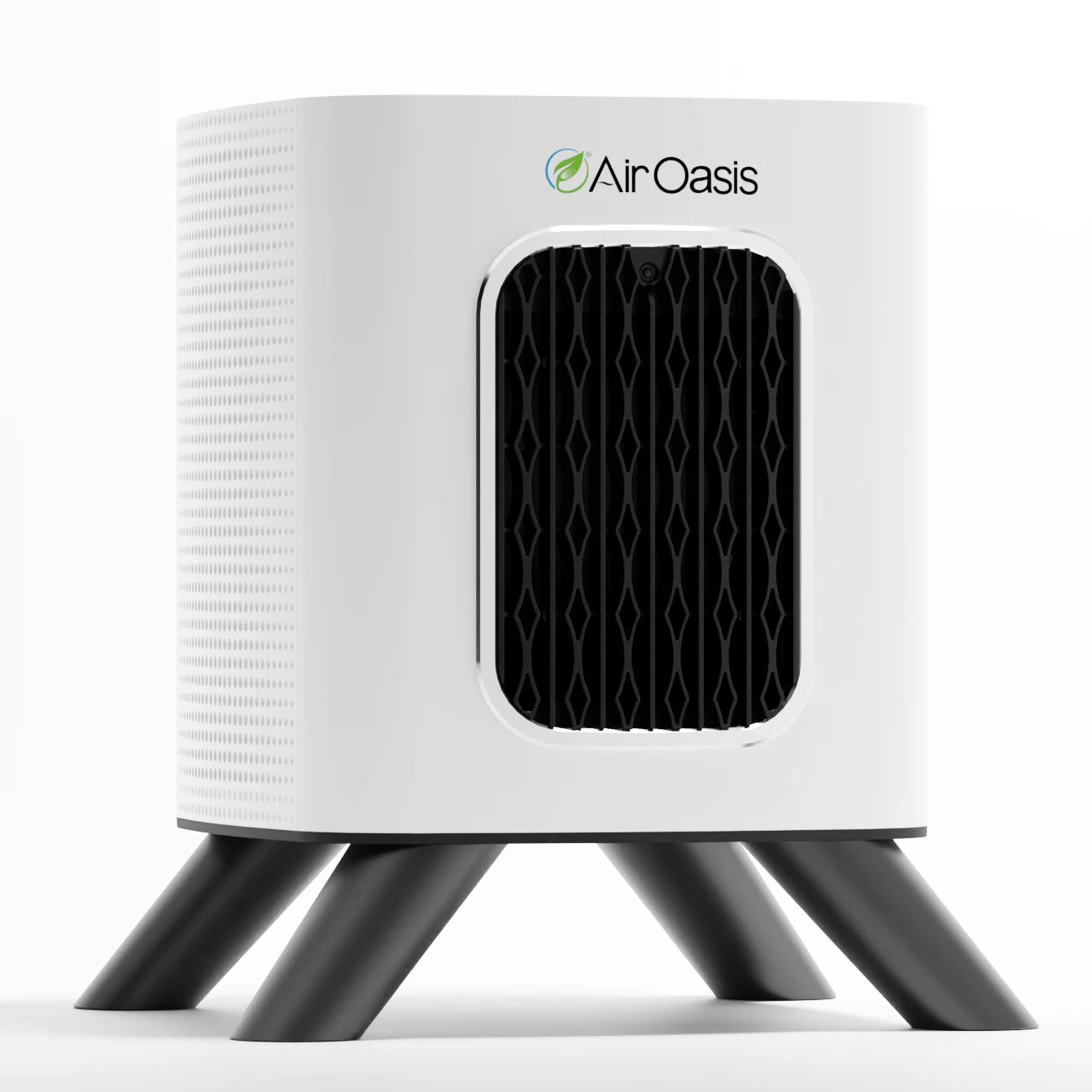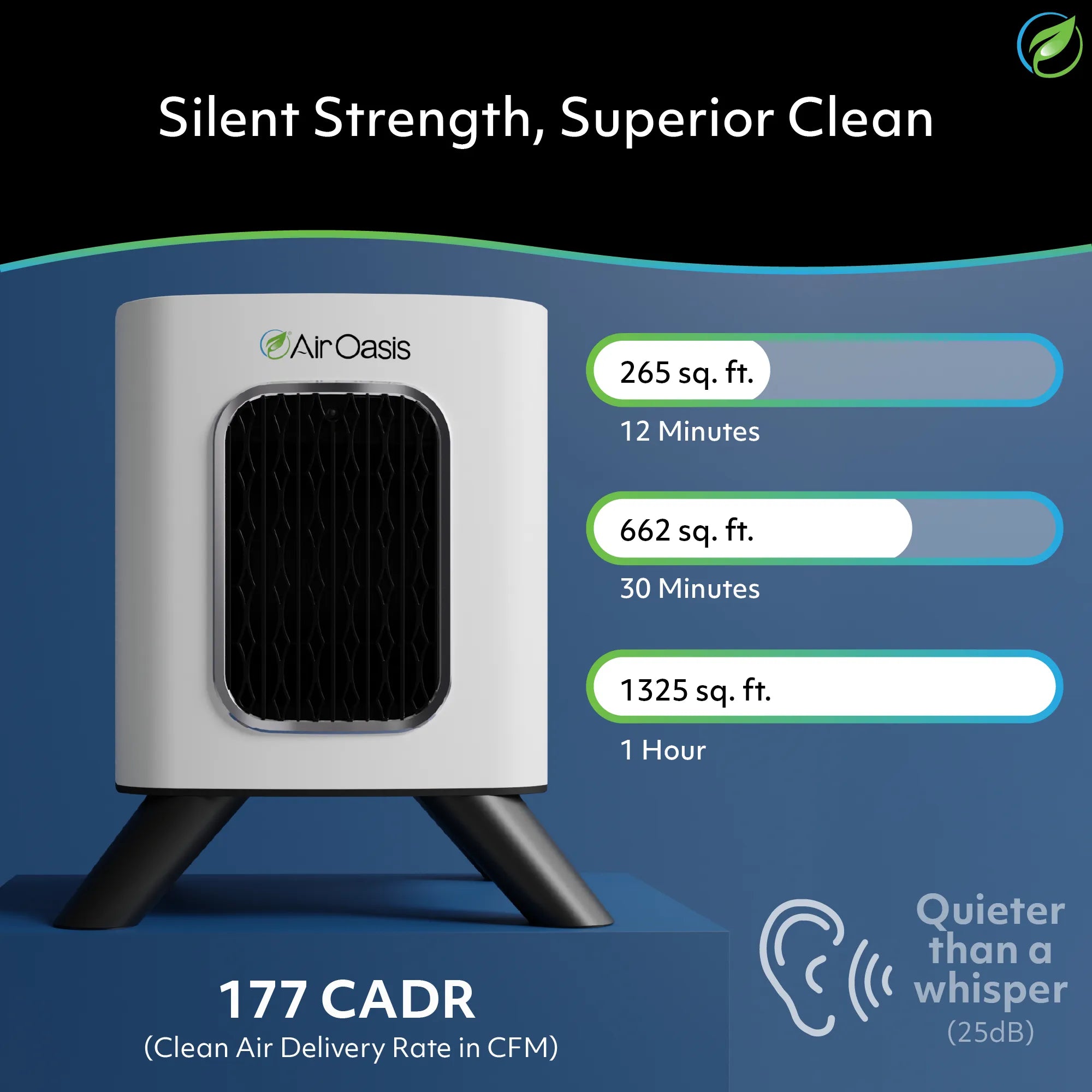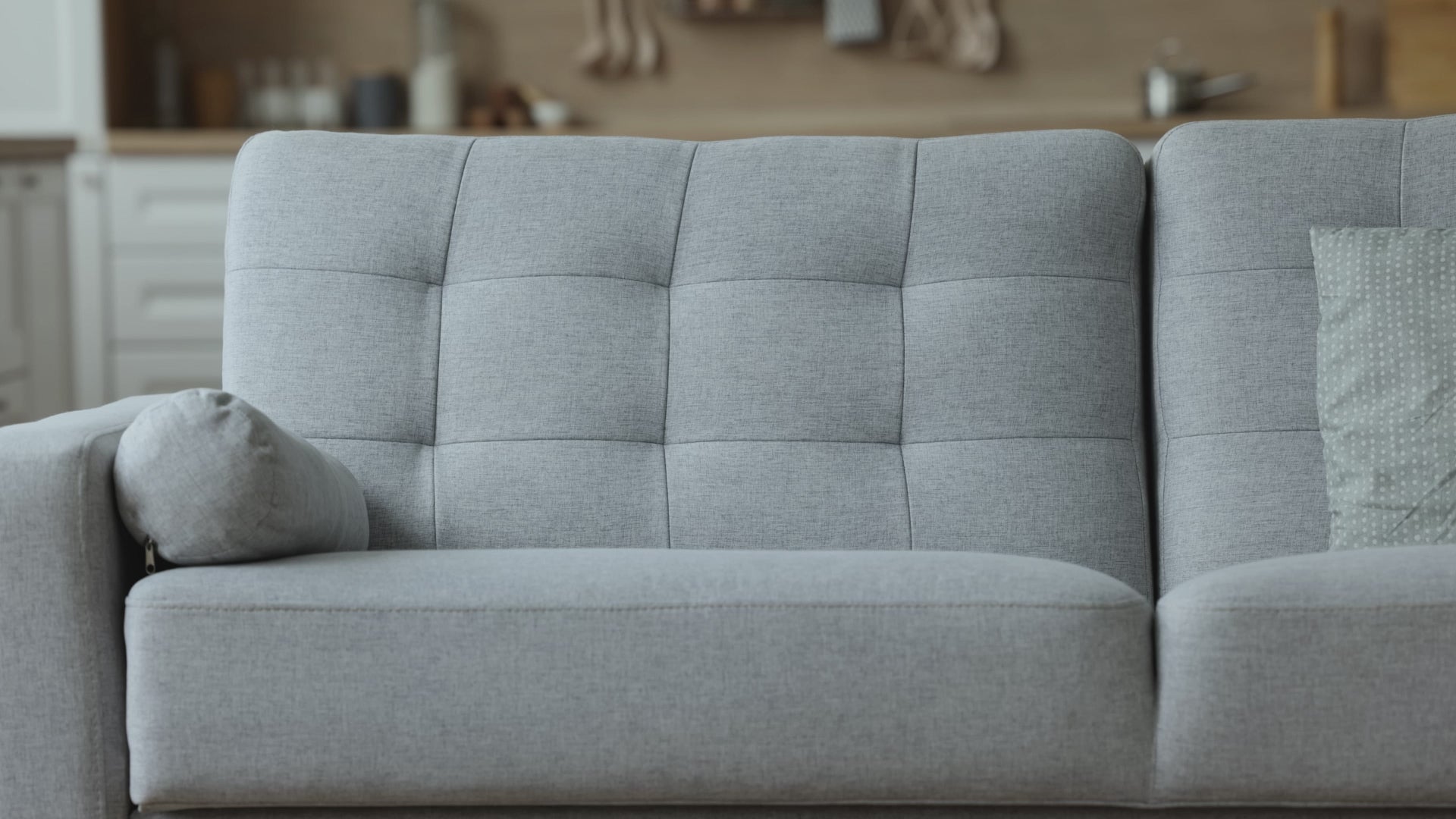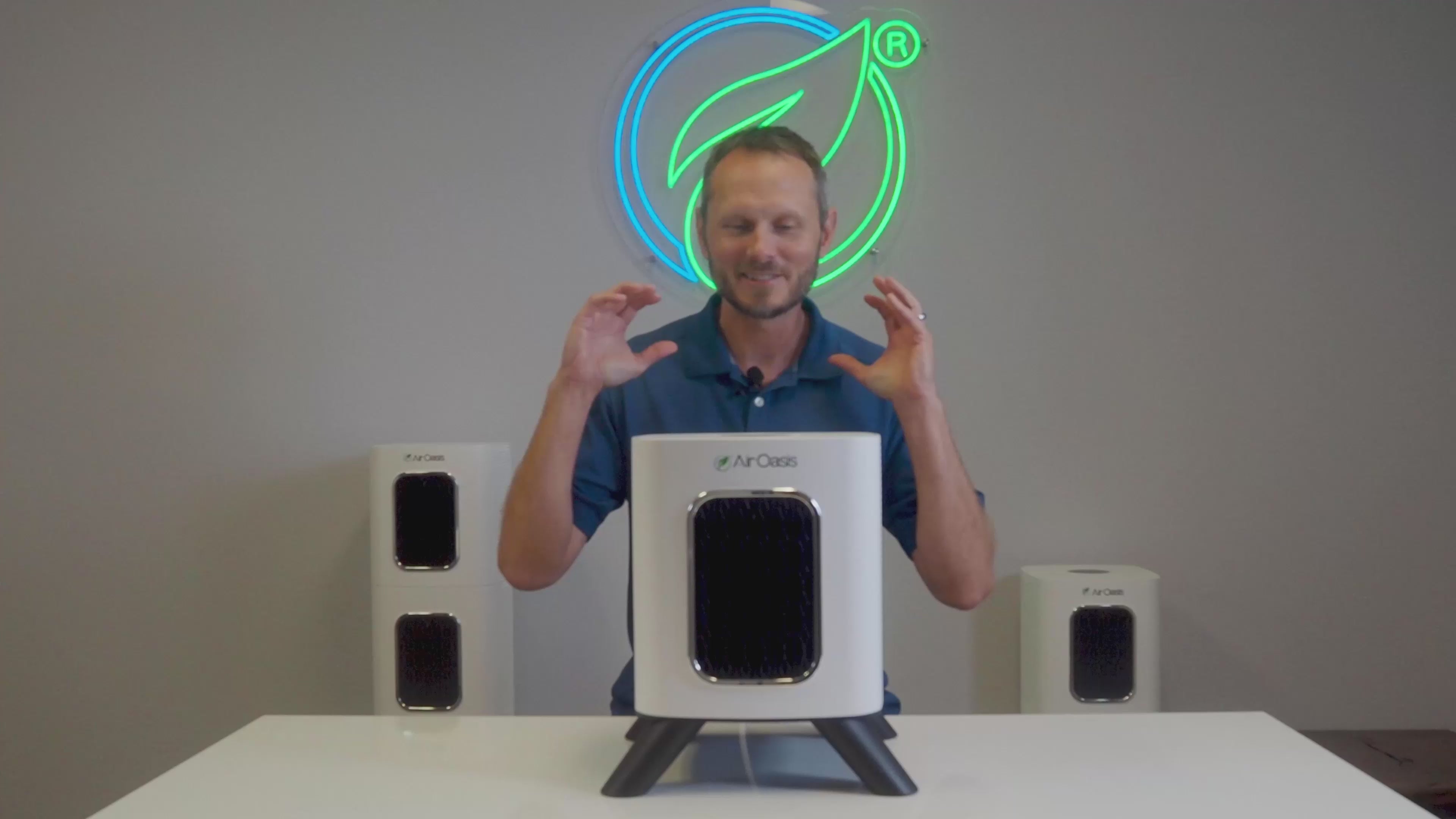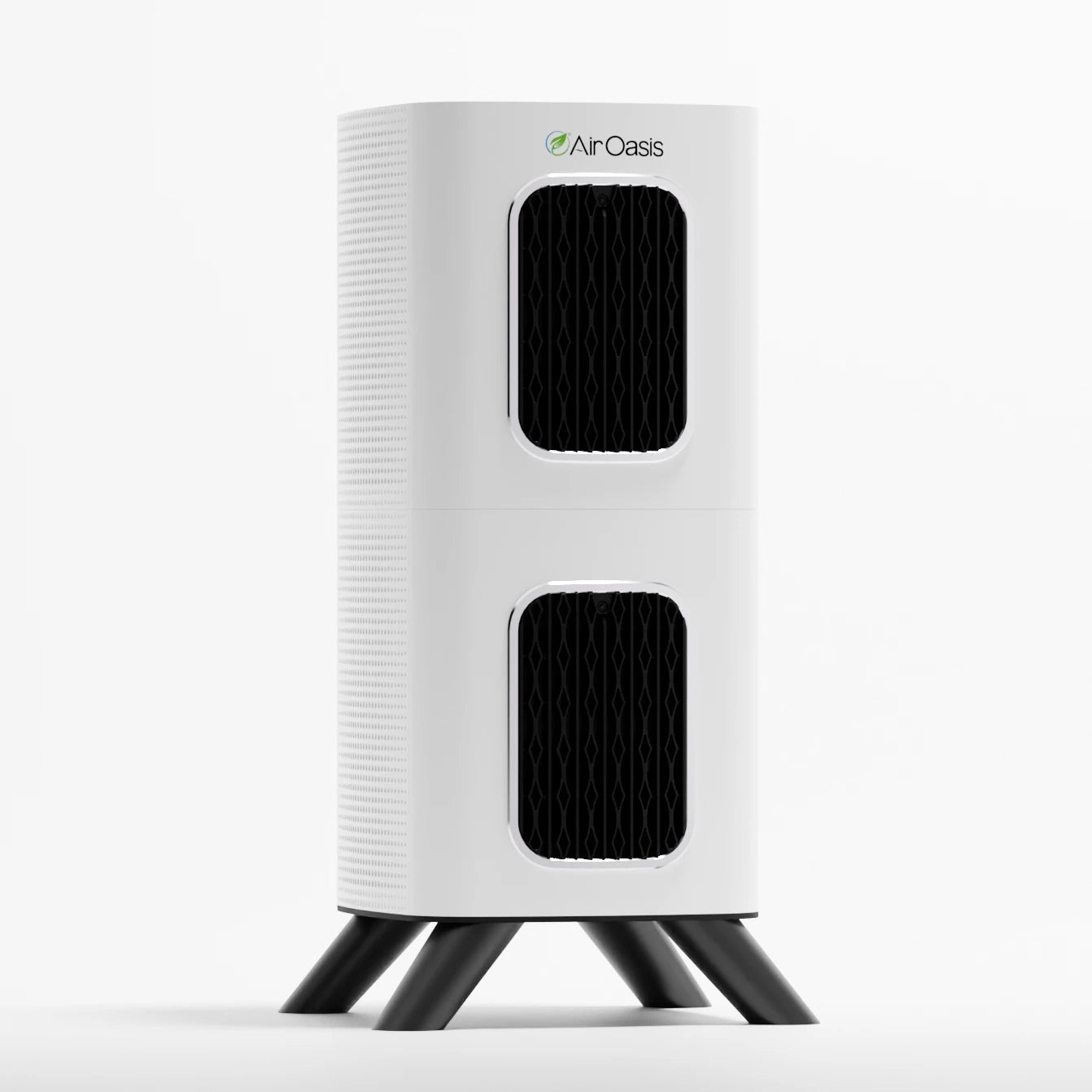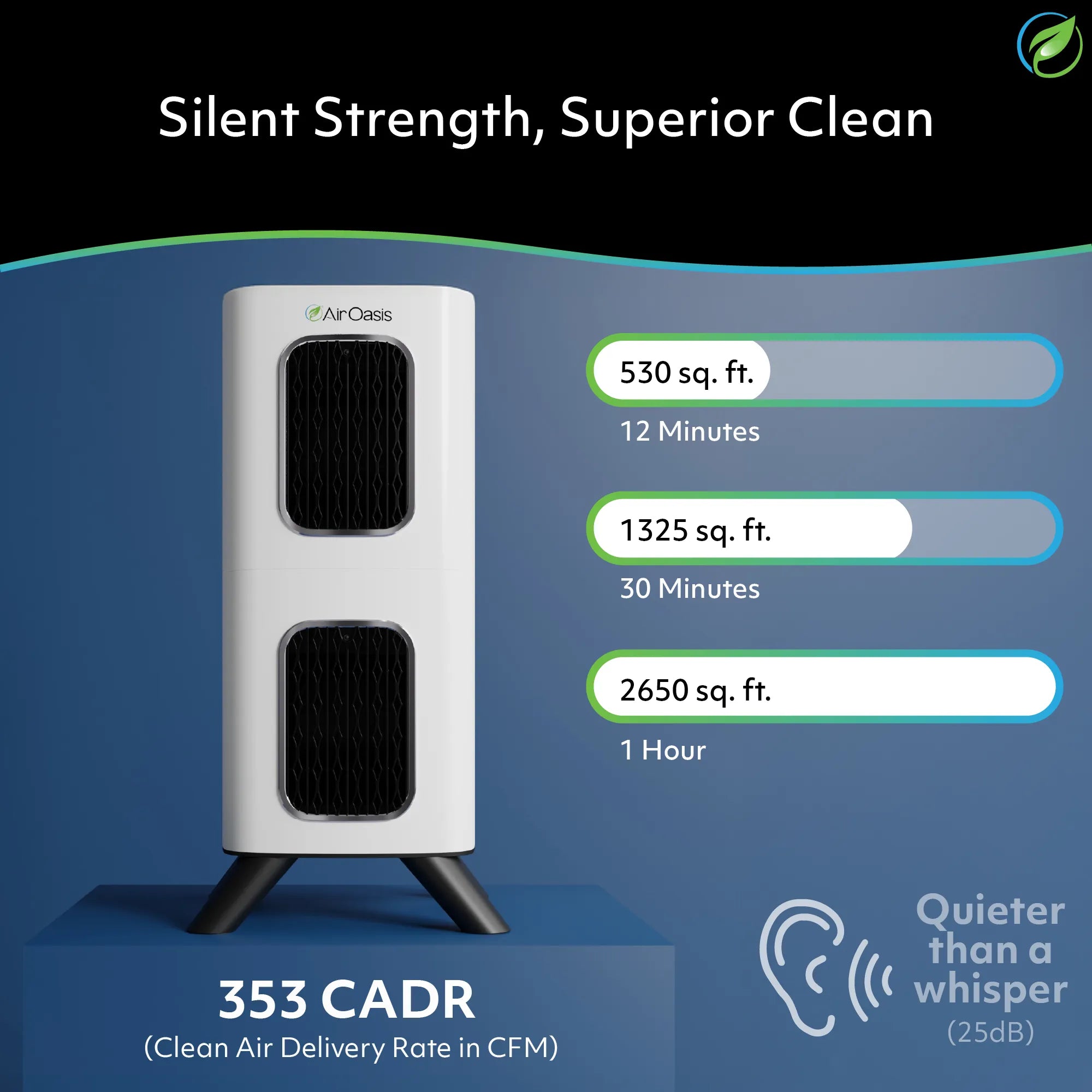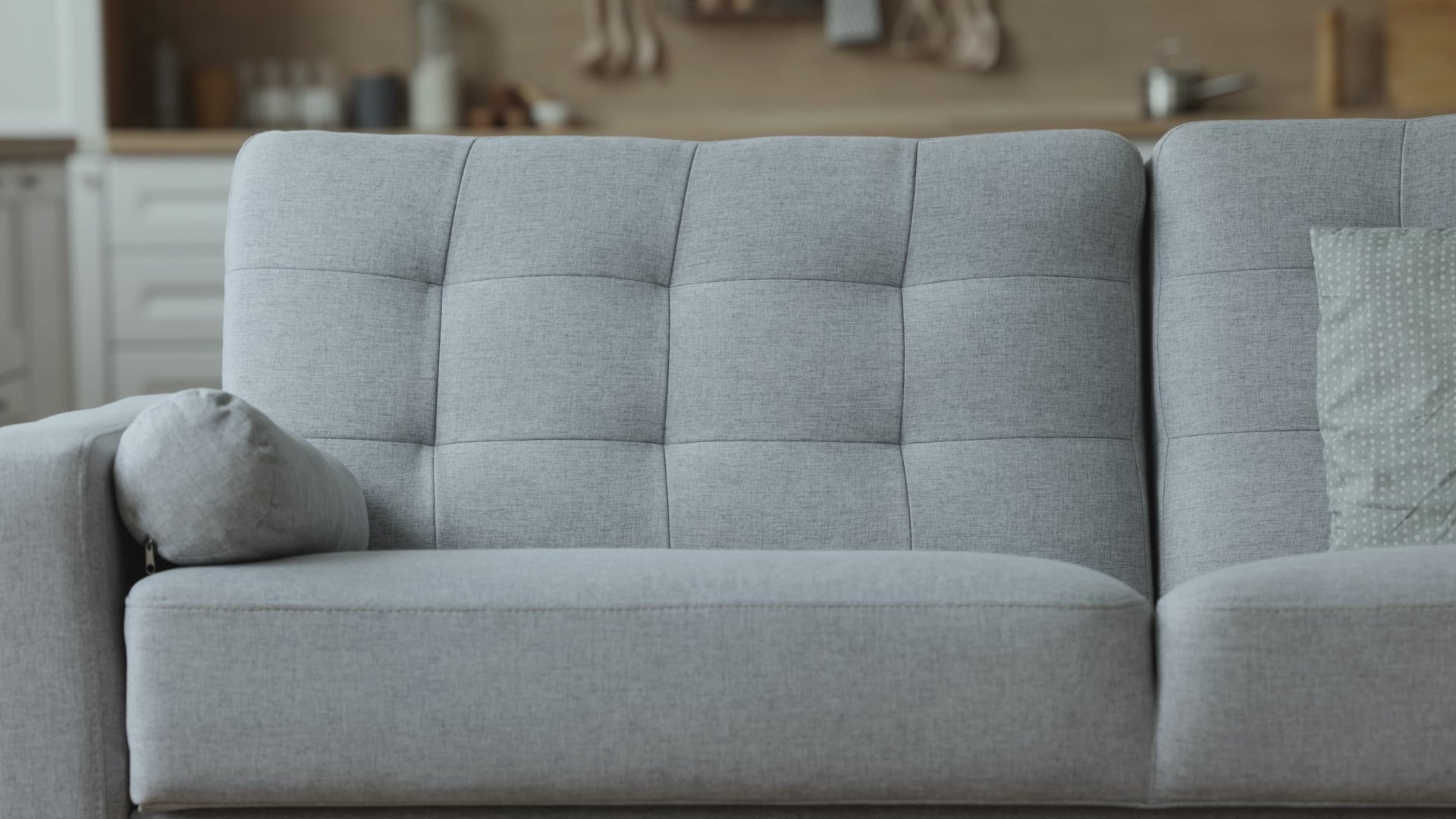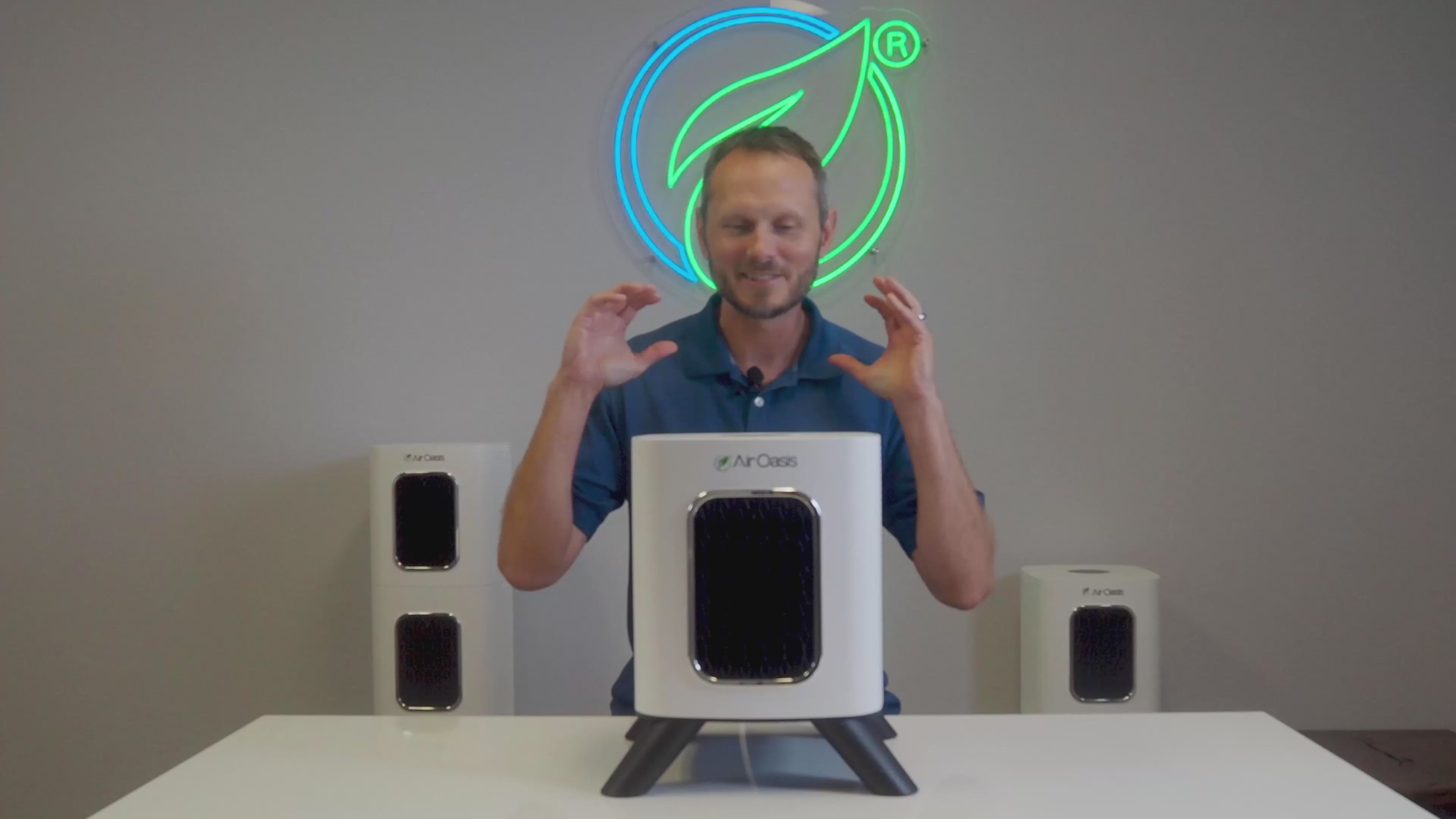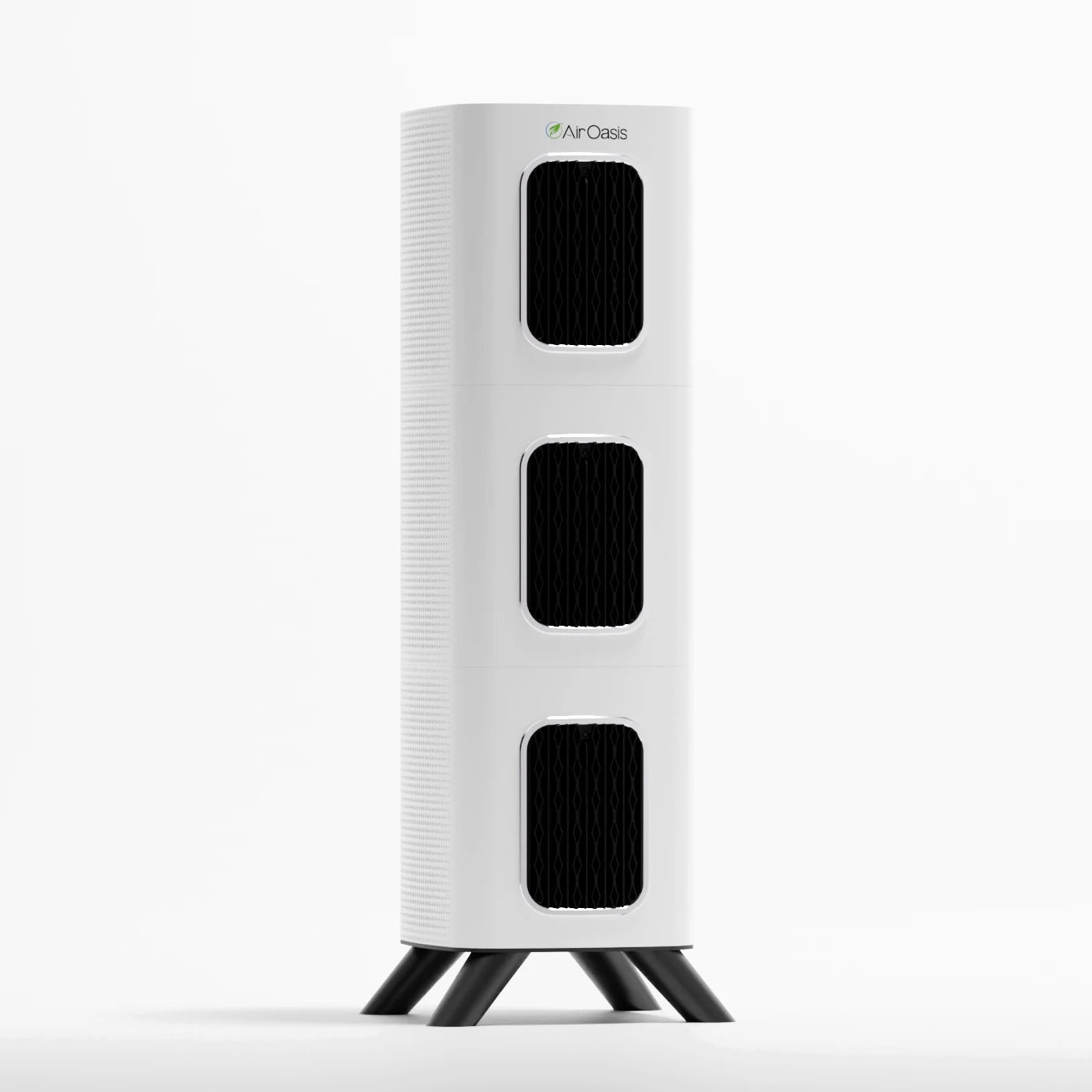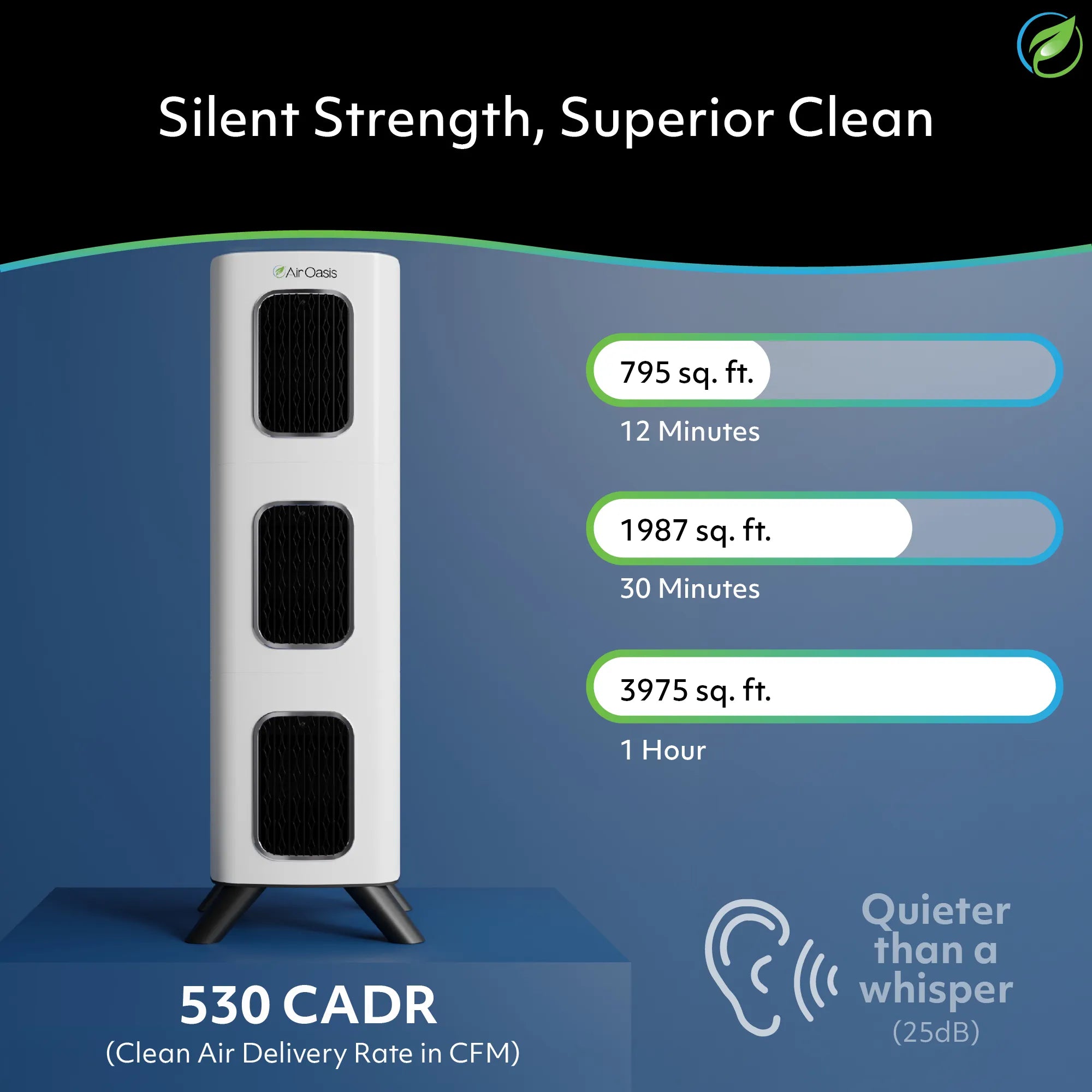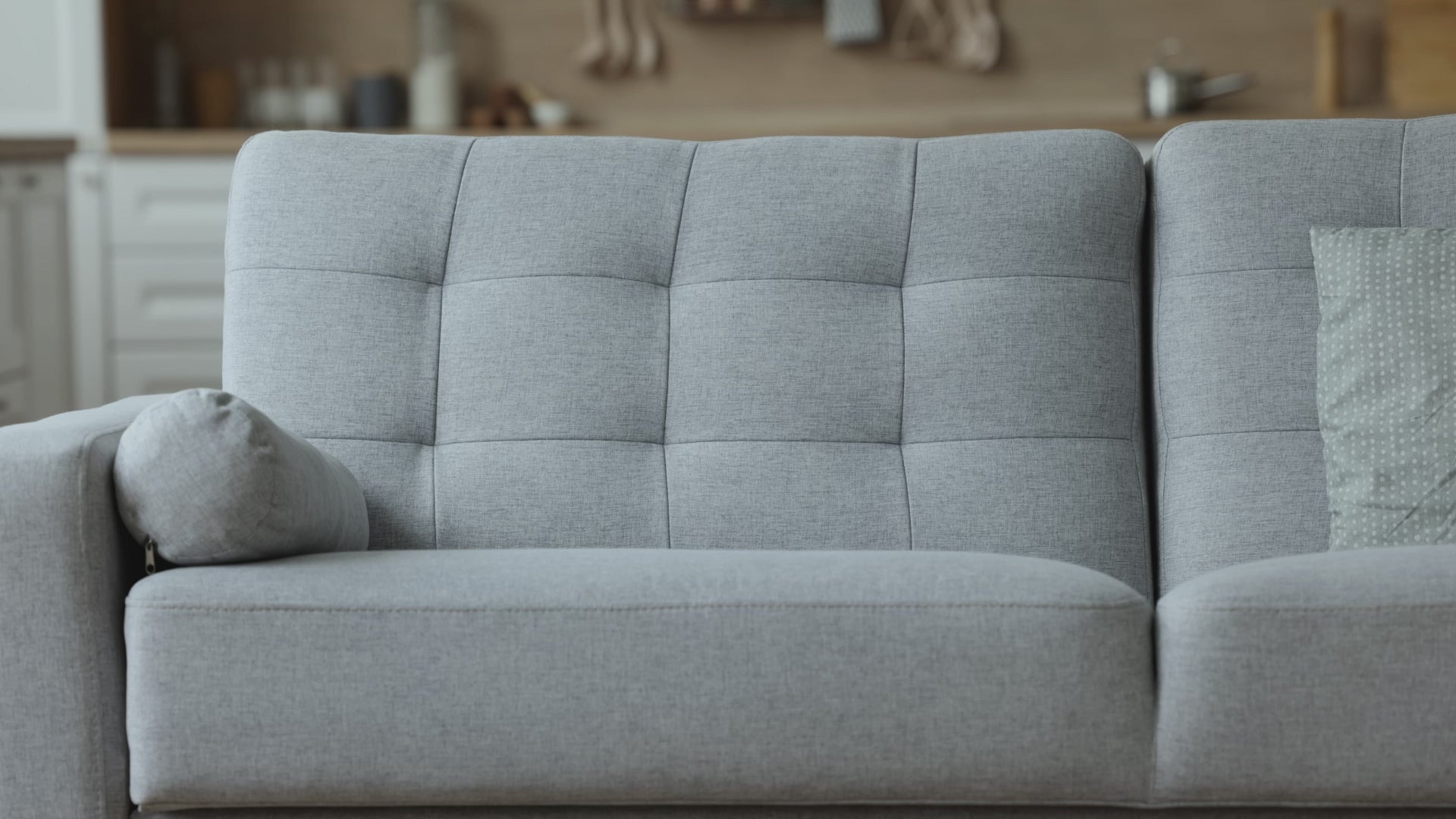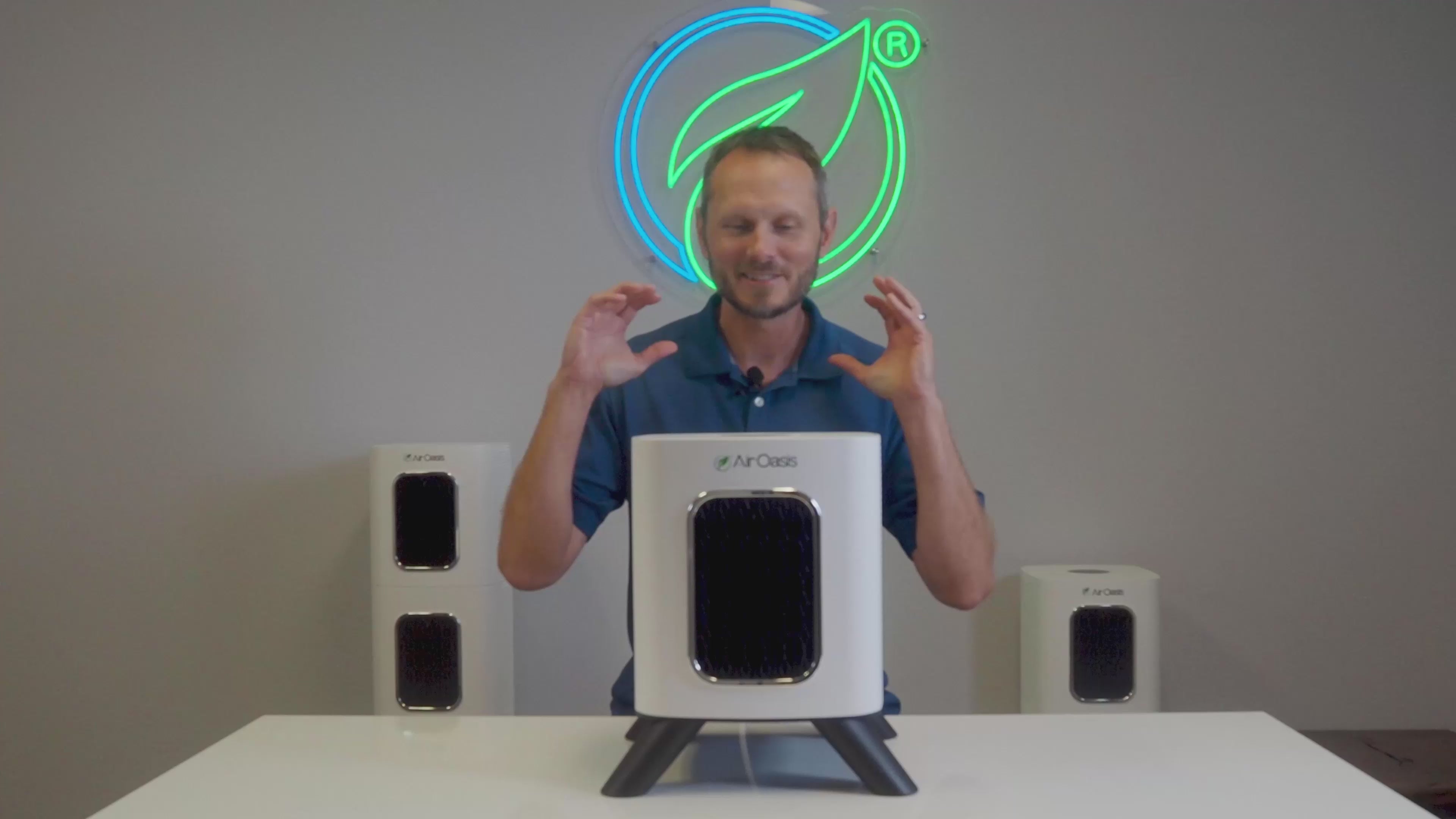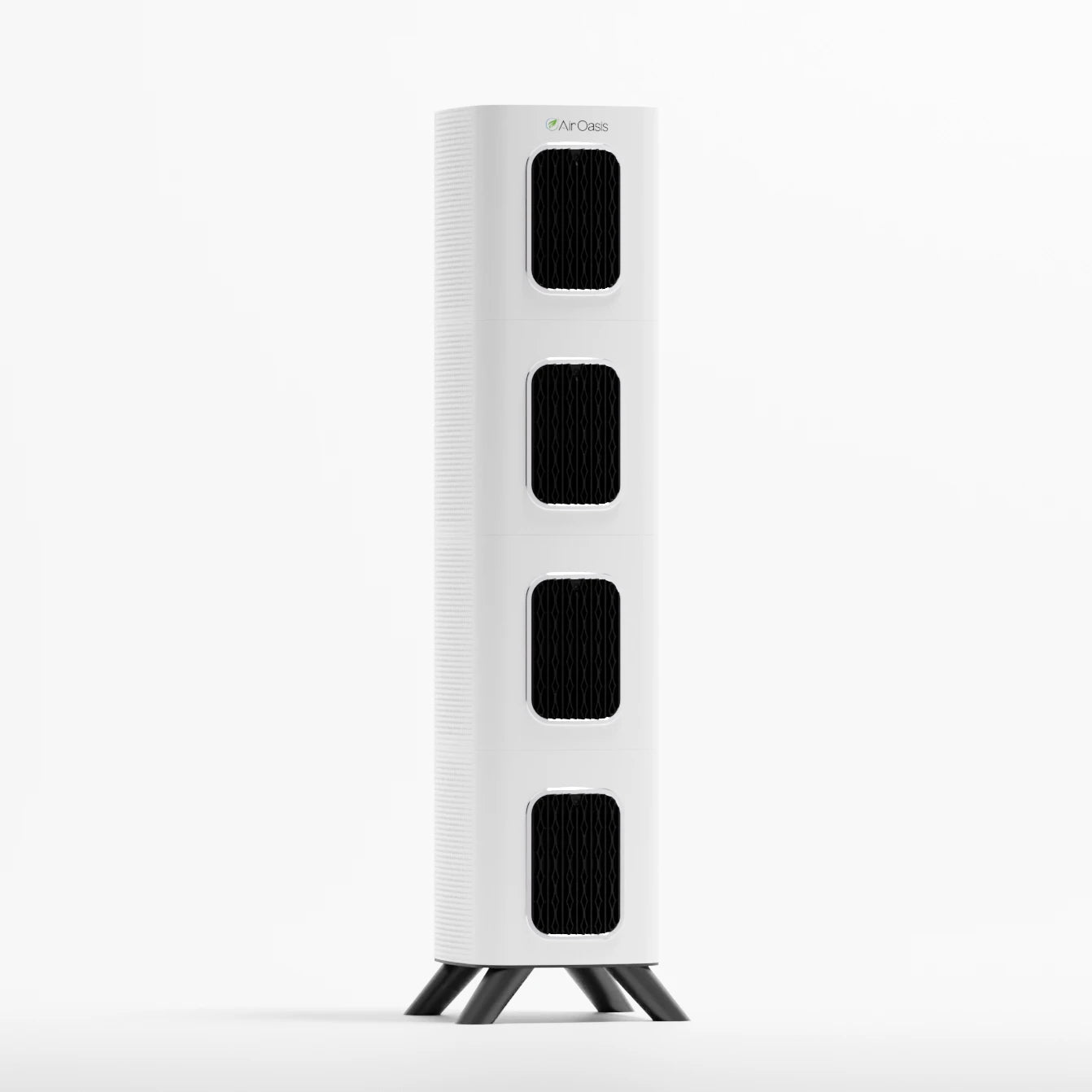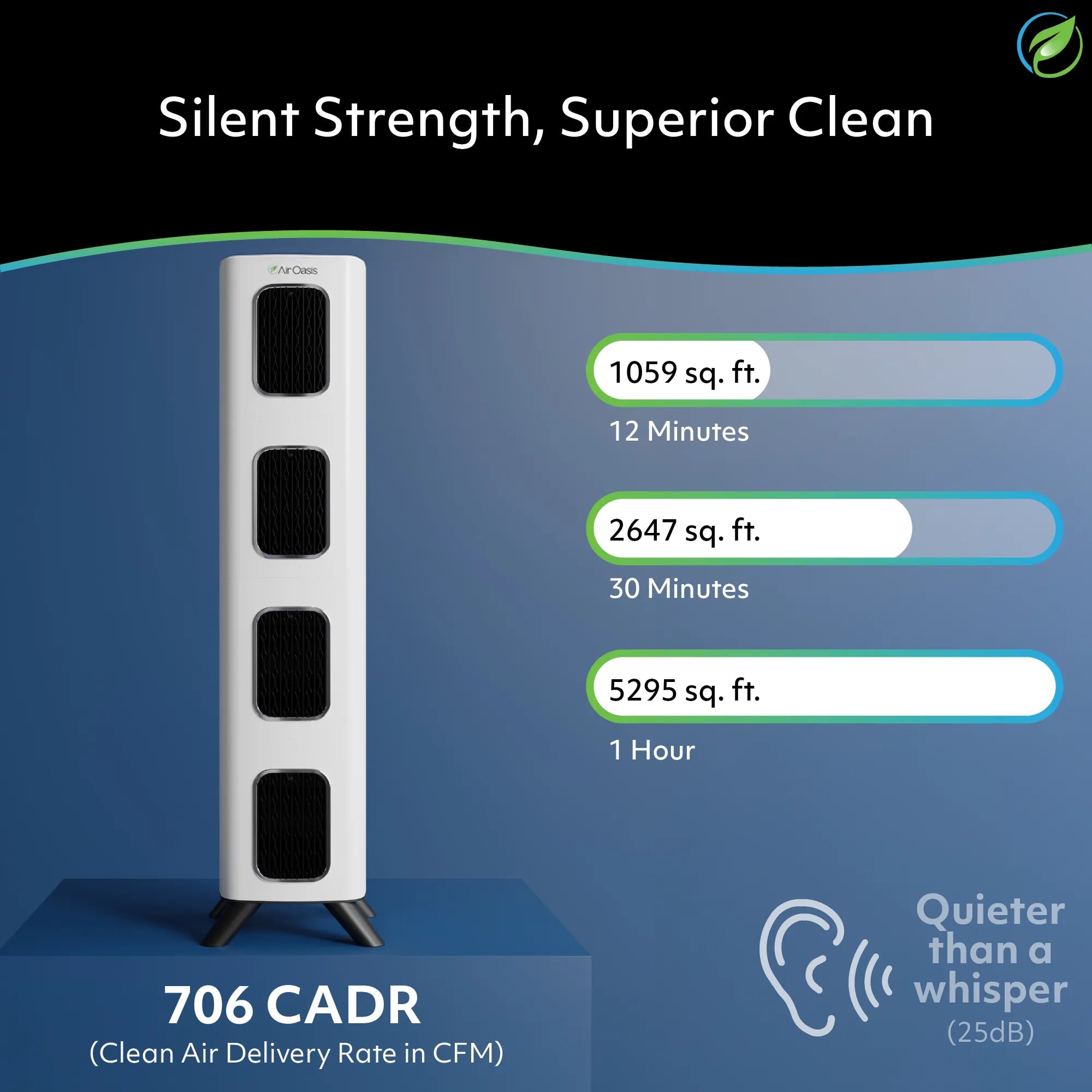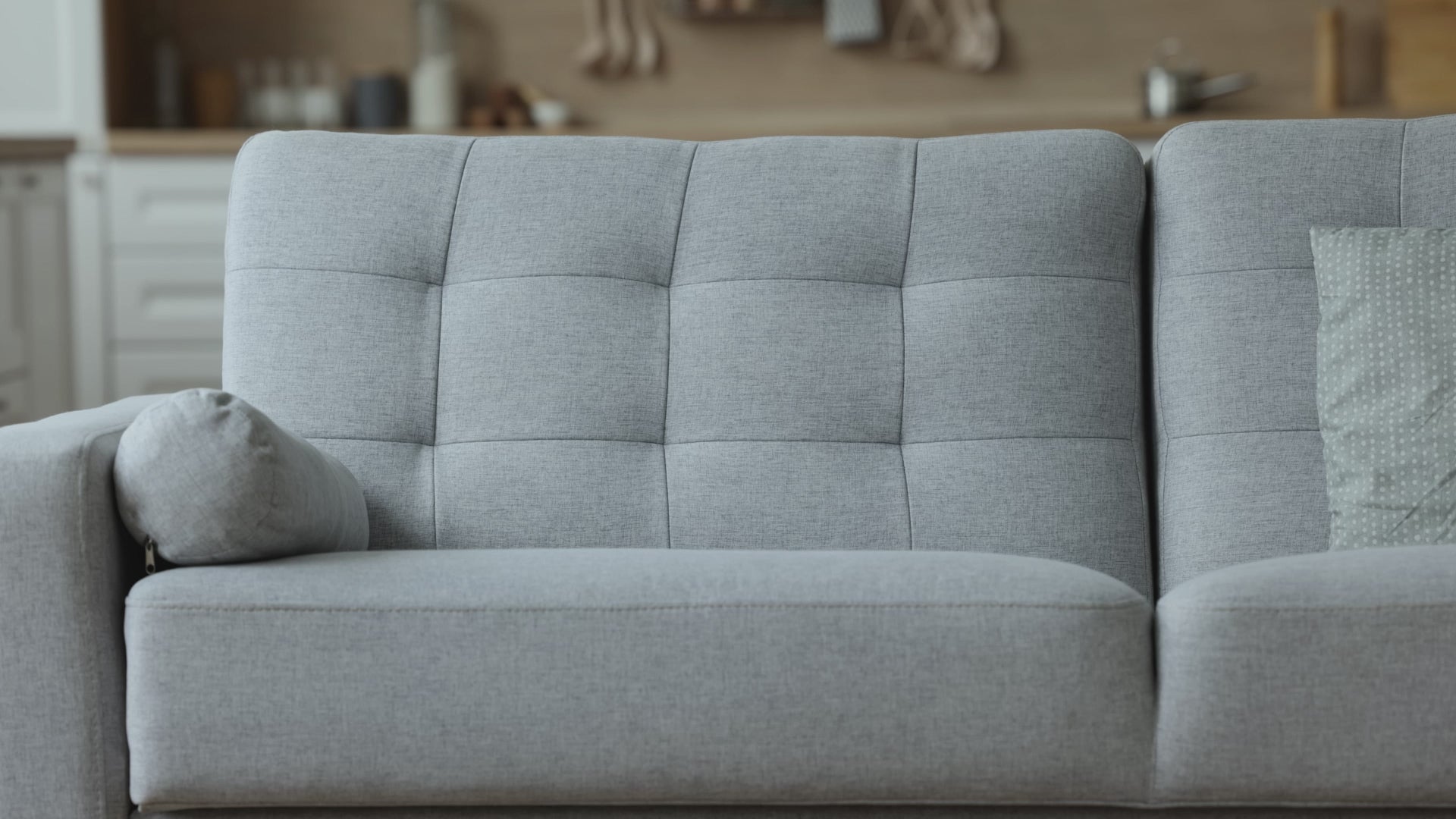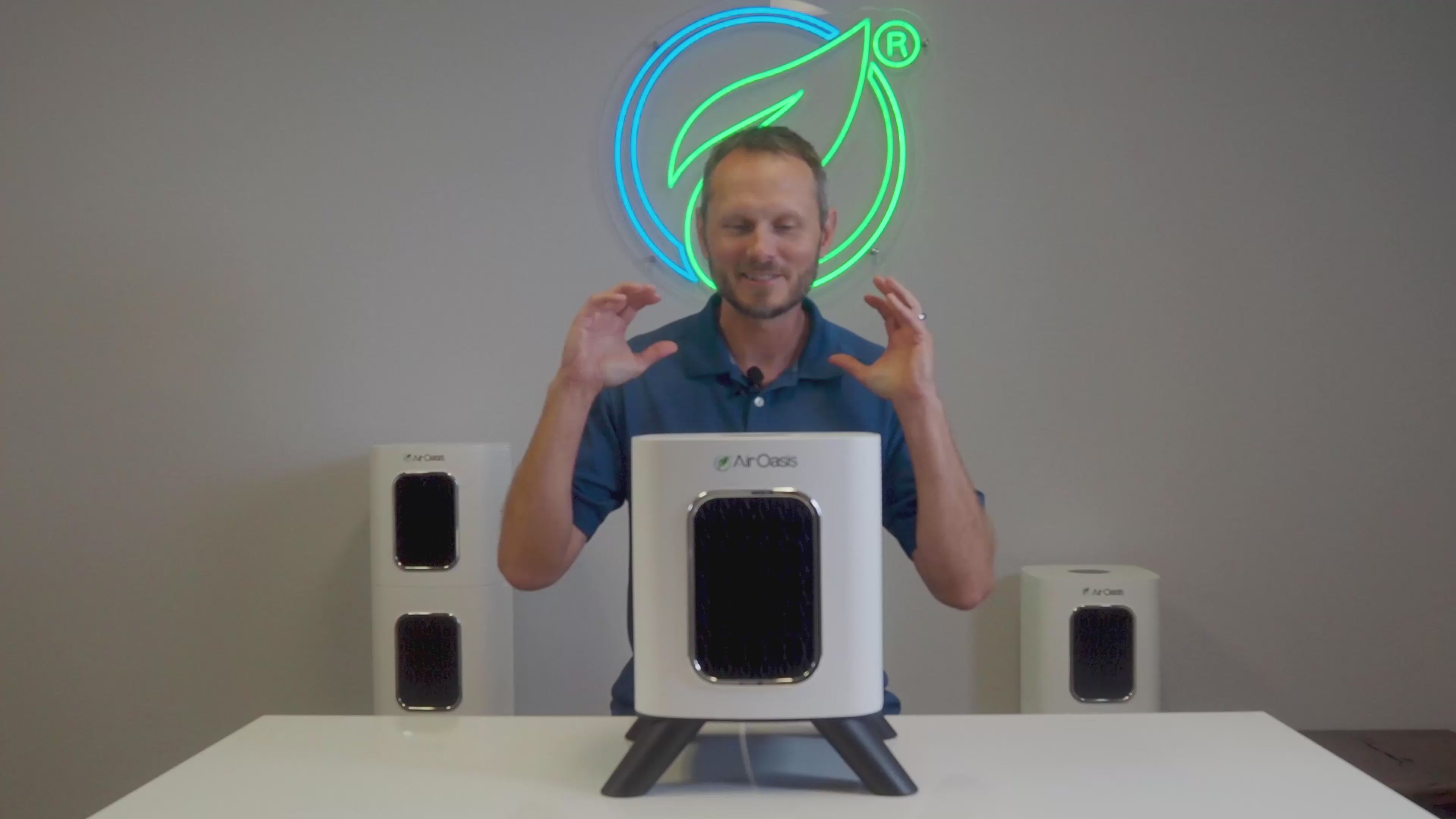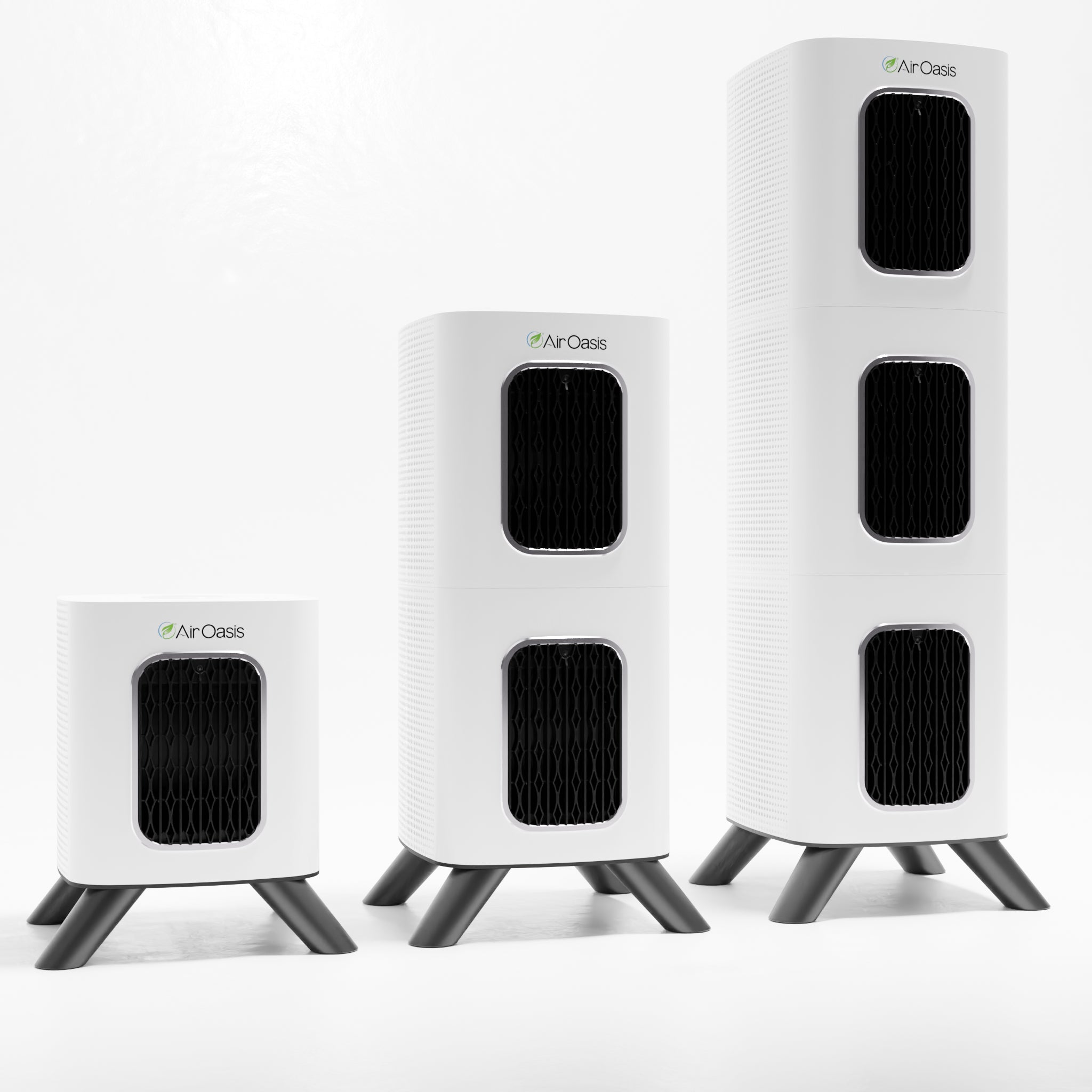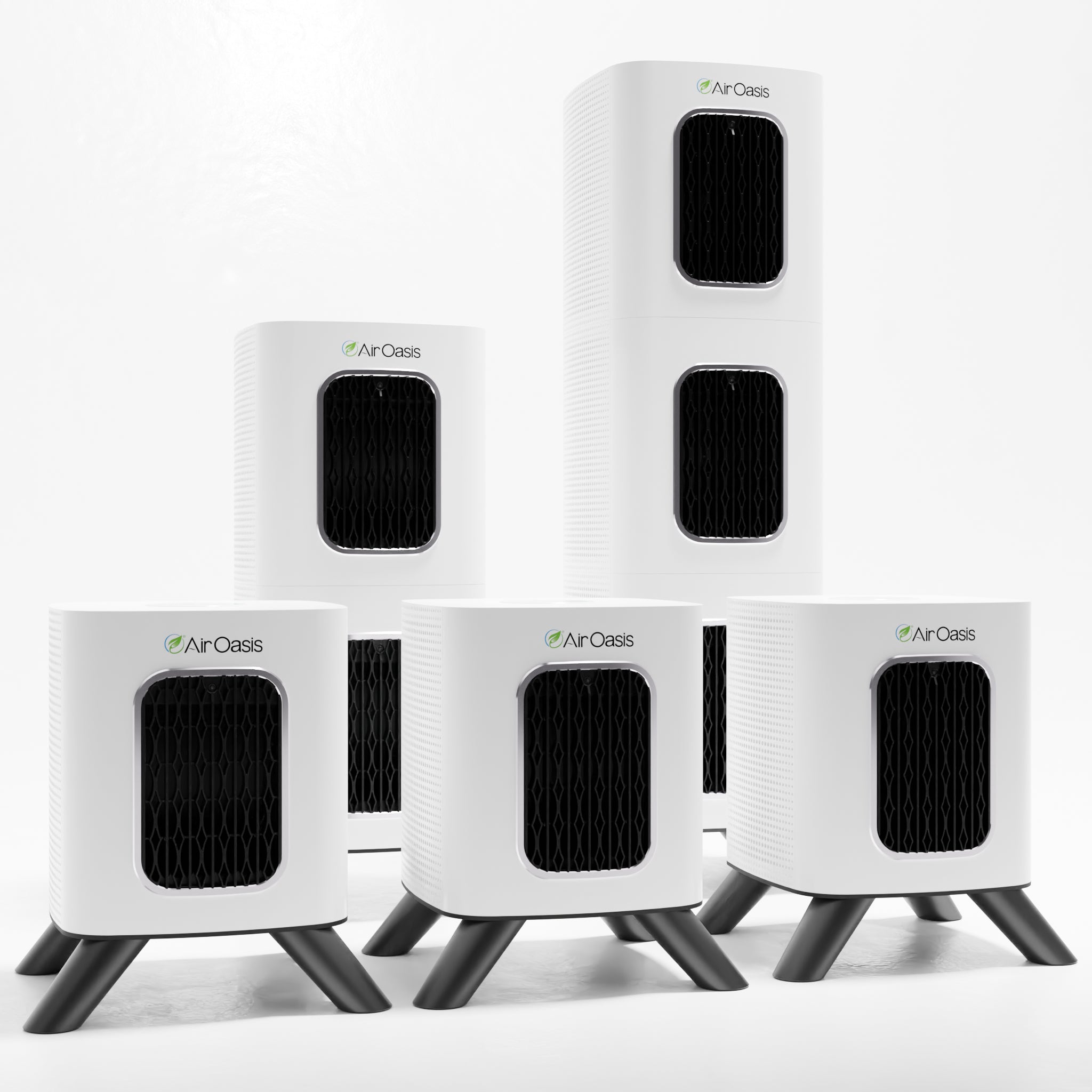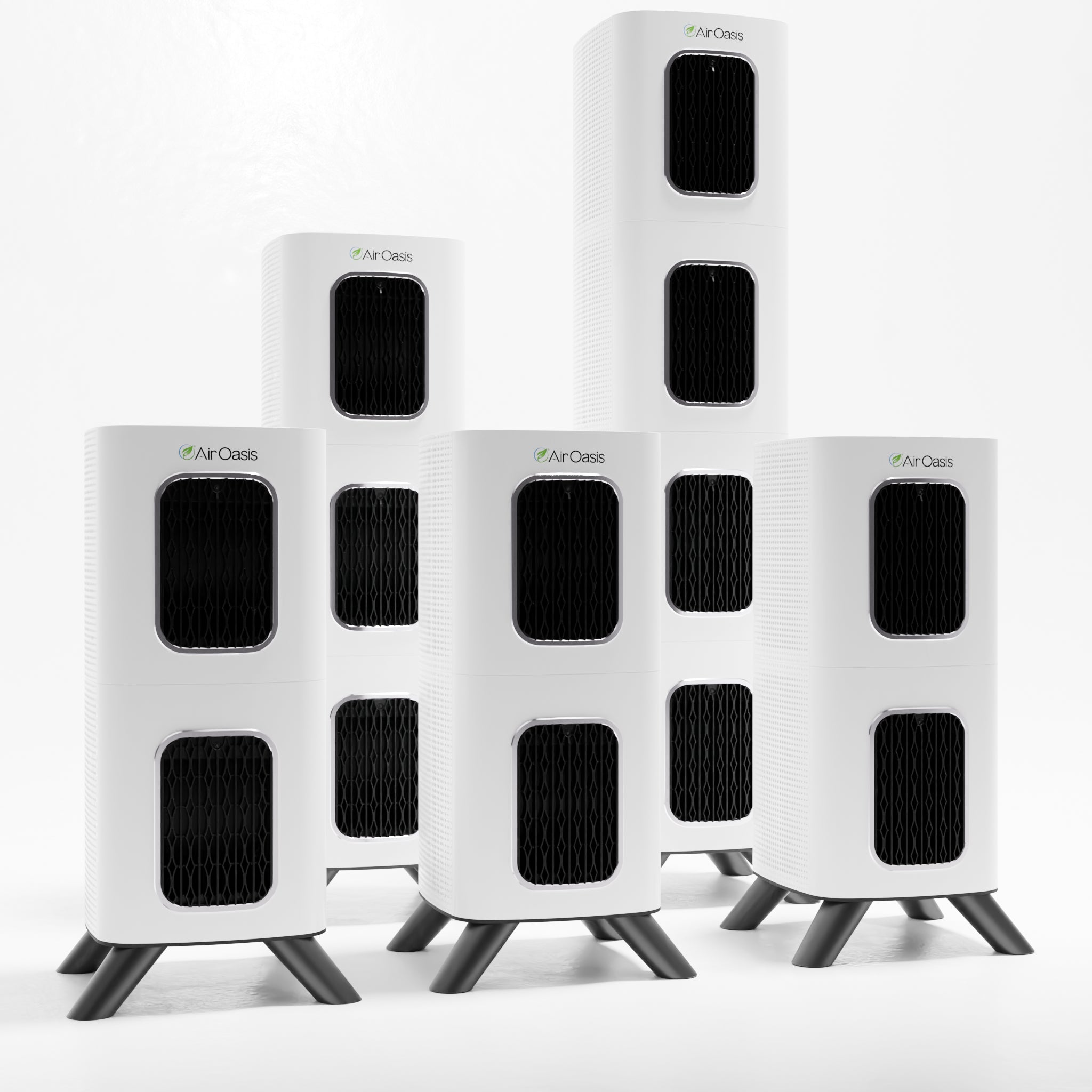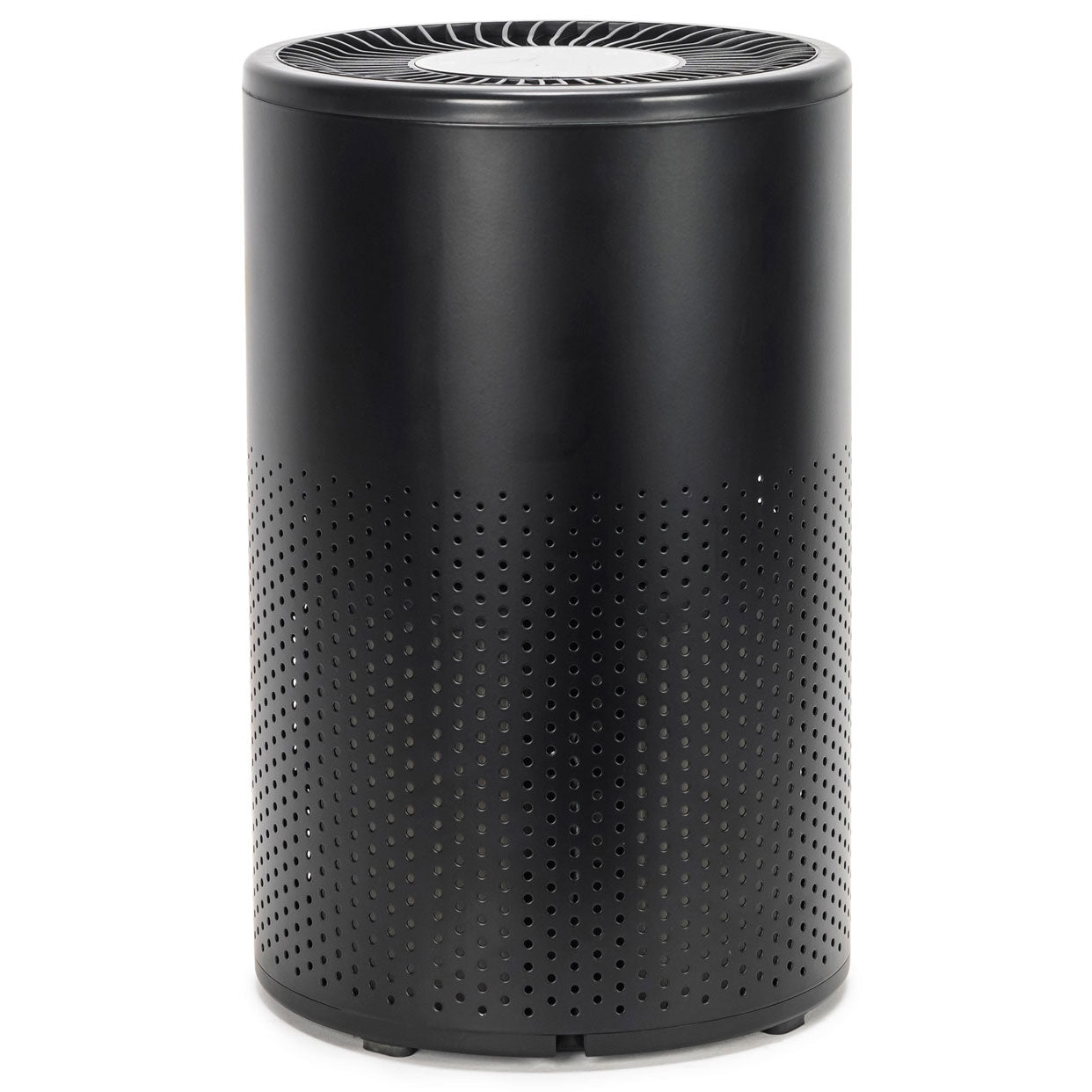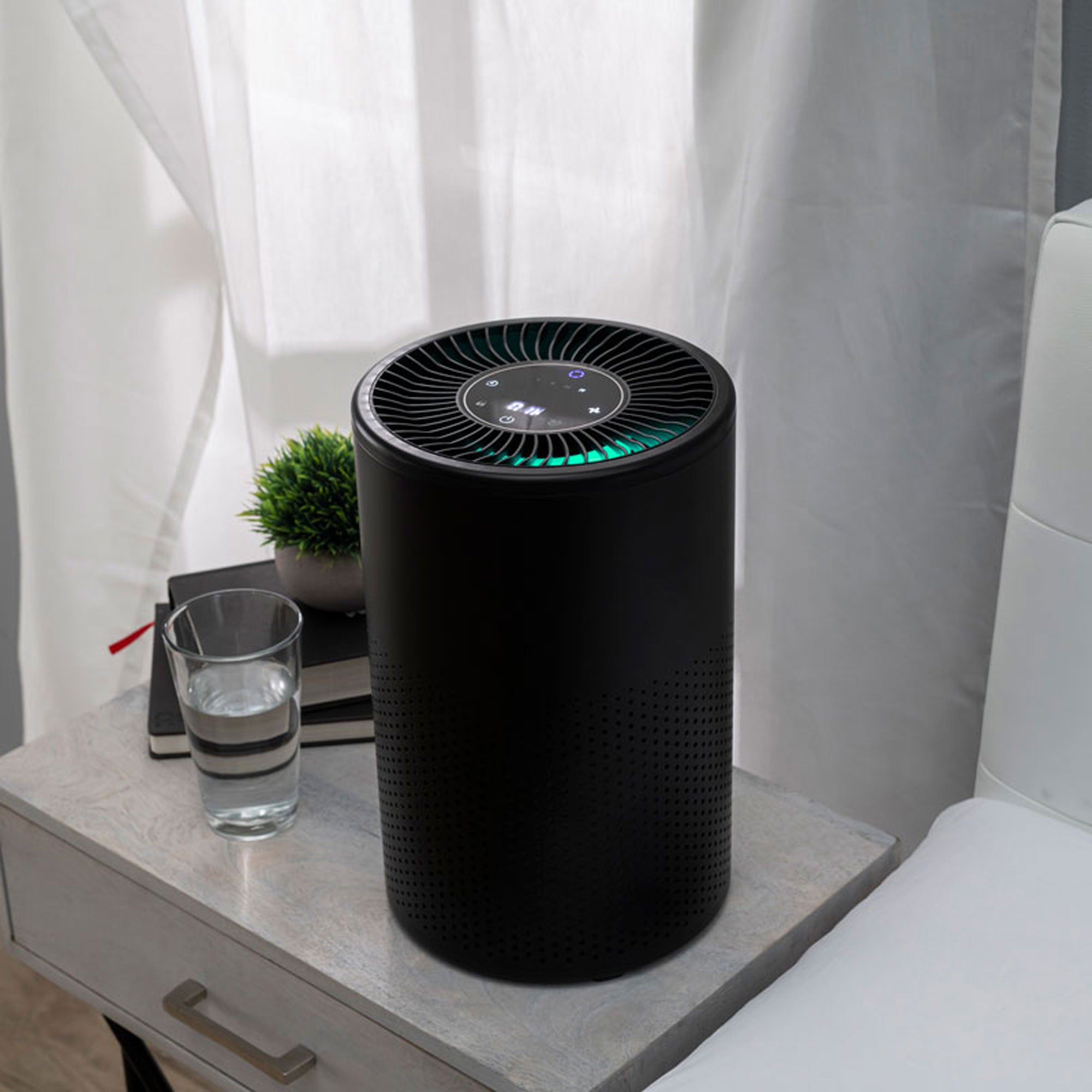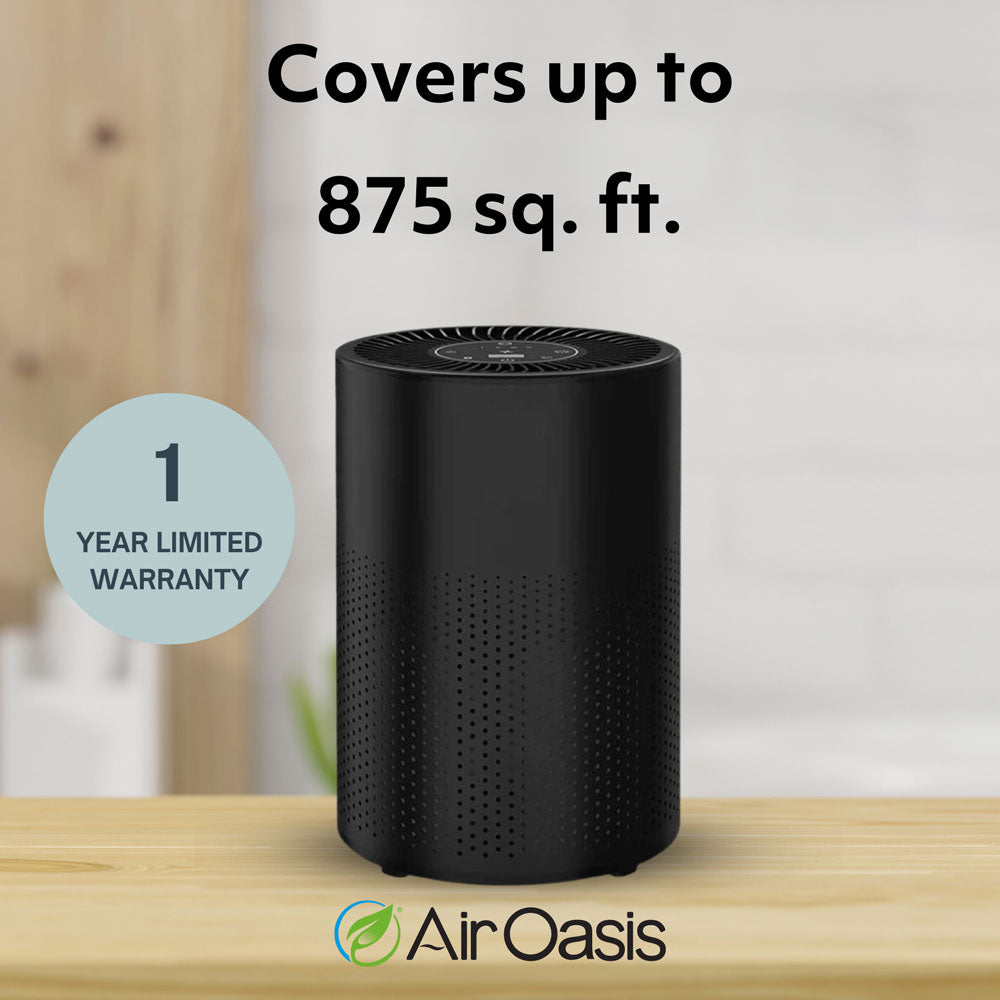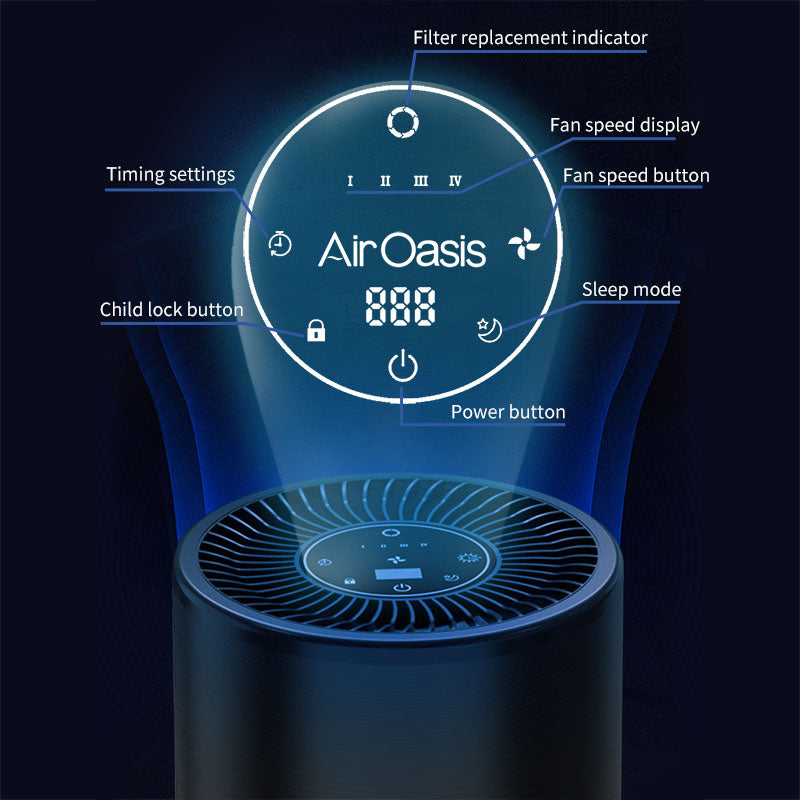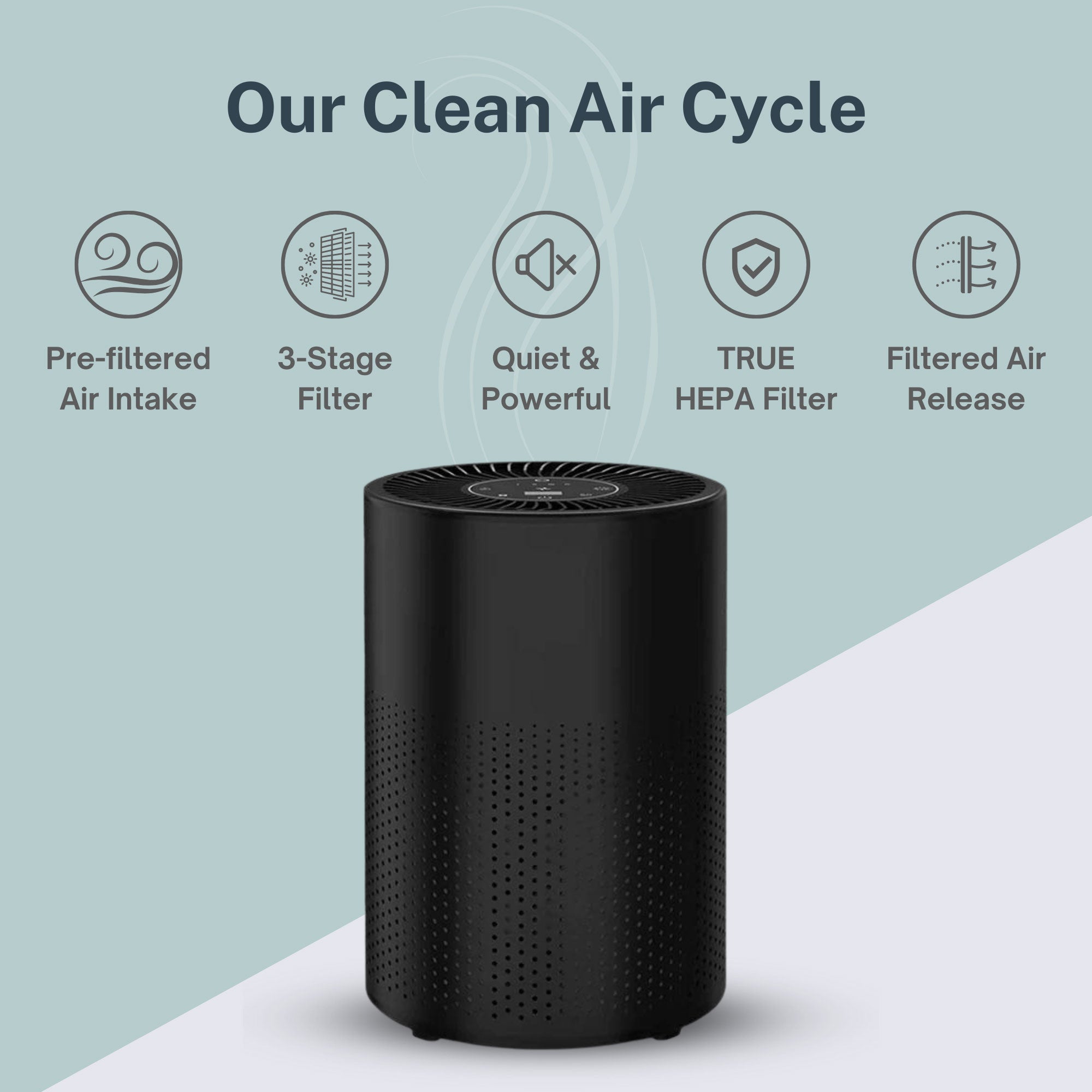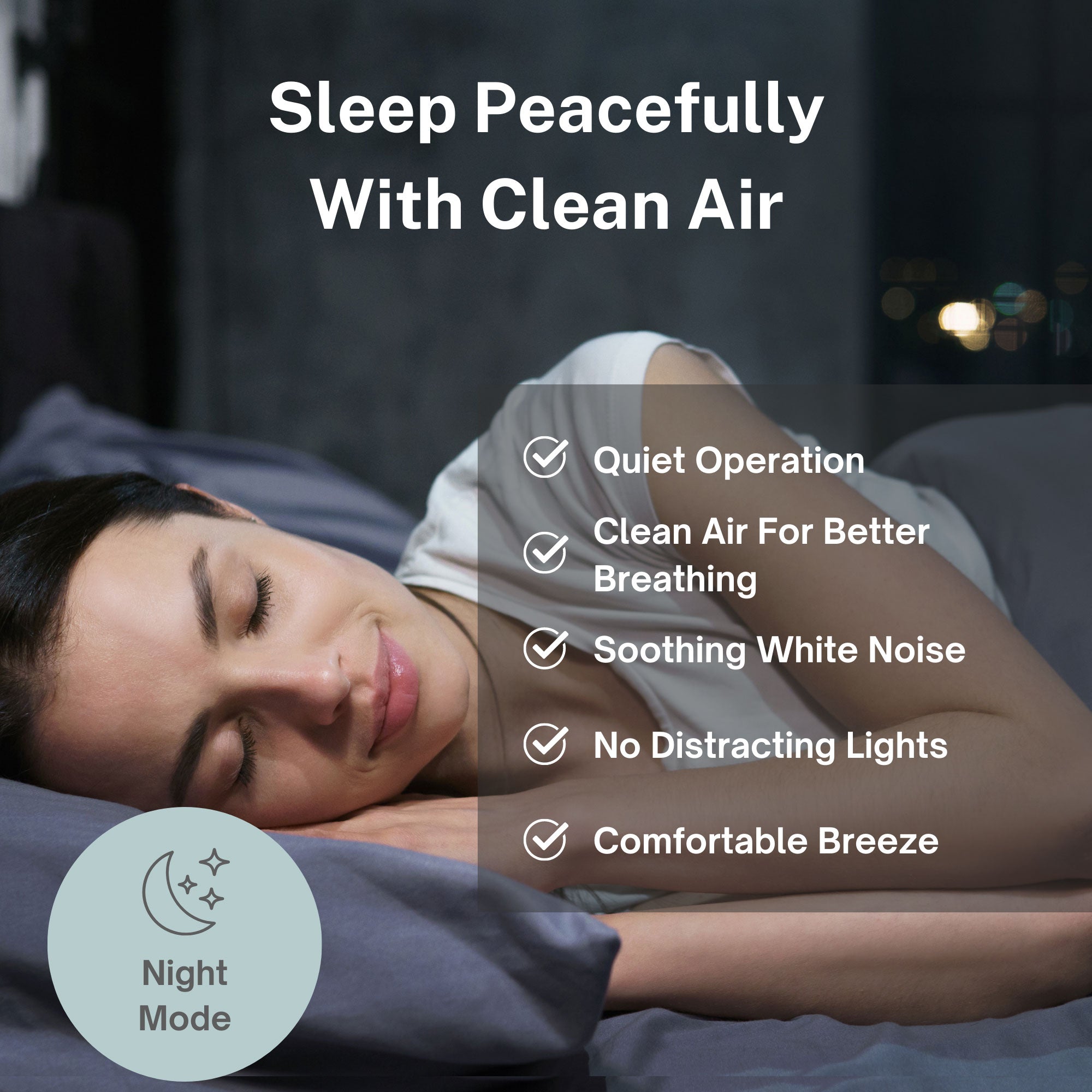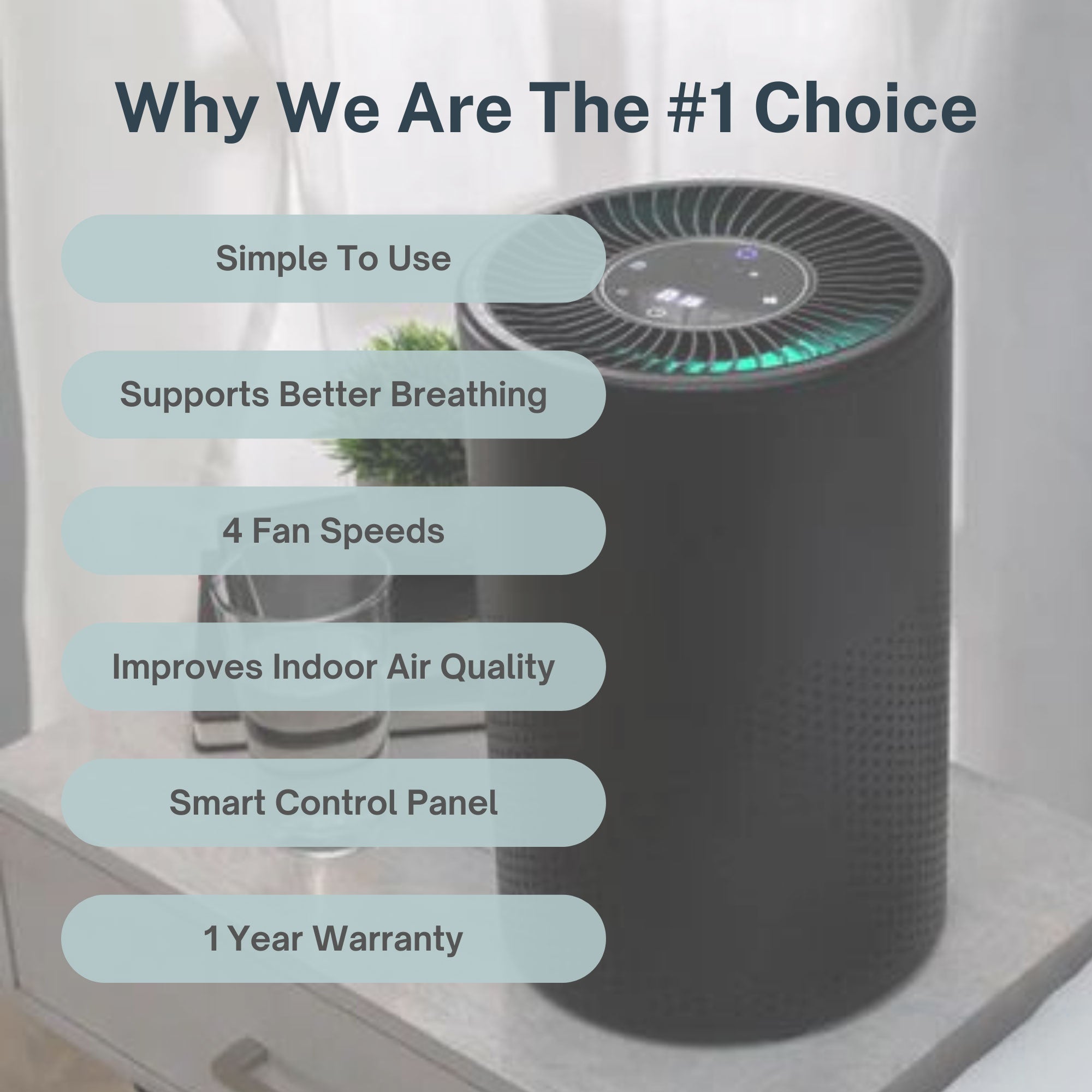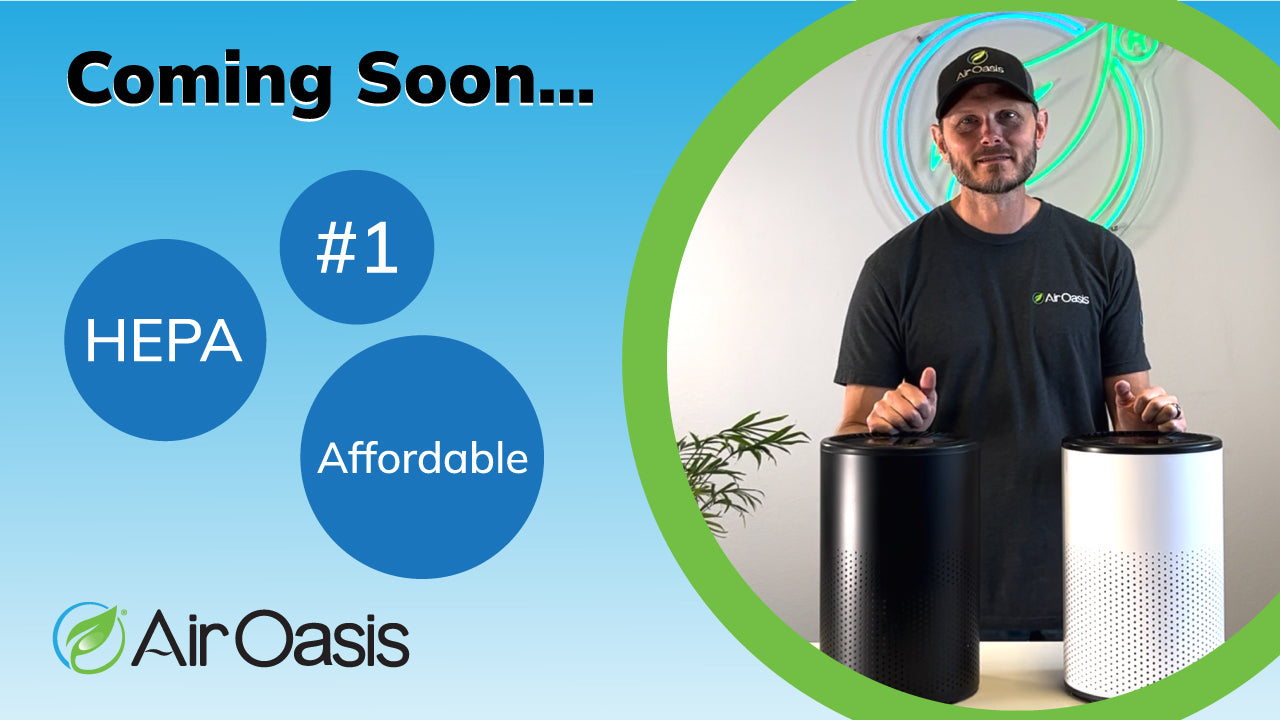The Environmental Relative Moldiness Index (ERMI) represents a revolutionary approach to mold detection that uses DNA analysis to identify 36 different mold species associated with water-damaged buildings. Unlike traditional air sampling that only captures airborne spores during testing, ERMI analyzes settled dust to provide a comprehensive picture of mold contamination that may have accumulated over weeks, months, or years in your living environment.
Developed by the EPA, ERMI testing provides objective, quantifiable data about mold contamination levels that can reveal hidden problems invisible to visual inspection or standard air testing methods. For health-conscious individuals experiencing unexplained symptoms or concerned about indoor air quality, ERMI testing offers definitive answers about mold exposure that could be affecting their health.
How ERMI Testing Works
ERMI uses quantitative polymerase chain reaction (qPCR) technology to detect and measure mold DNA in dust samples collected from indoor surfaces. The test specifically identifies 36 mold species: 26 species associated with water damage and dampness, plus 10 species commonly found in normal indoor environments for comparison purposes.
The testing process involves collecting settled dust samples using special cloths or vacuum methods from areas where dust accumulates naturally—top shelves, above cabinets, door frames, baseboards, and above ceiling fans. These locations capture dust that has settled over 4-6 weeks, providing a representative sample of airborne mold spores that have been present in the environment.
Laboratory analysis measures the concentration of each mold species and calculates an ERMI score ranging from -10 to +20. Negative scores indicate lower mold levels similar to normal homes, while positive scores suggest elevated mold contamination associated with water damage or moisture problems.
Understanding ERMI Scores and Results
ERMI scores provide objective measurements that help homeowners understand their mold exposure risk:
ERMI Scores -10 to 0: Generally considered normal indoor mold levels similar to homes without water damage. These scores suggest minimal health risk from mold exposure for most individuals.
ERMI Scores 0 to +5: Borderline results that may indicate developing moisture problems or localized water damage. Further investigation and monitoring recommended.
ERMI Scores +5 to +10: Elevated mold levels suggesting significant water damage or moisture problems requiring professional evaluation and potential remediation.
ERMI Scores Above +10: High mold contamination indicating dangerous living conditions for mold-sensitive individuals. Immediate remediation or relocation typically necessary.
Individual mold species concentrations also provide valuable information. High levels of specific water-damage indicators like Chaetomium globosum, Stachybotrys chartarum (black mold), or Aspergillus penicillioides suggest active moisture problems requiring immediate attention.
The Air Oasis understanding of mold health impacts recognizes that even moderate ERMI scores can affect sensitive individuals, making comprehensive air purification important regardless of test results.
Common ERMI Testing Scenarios
Scenario 1: The Invisible Problem A family experiences chronic respiratory symptoms despite no visible mold. ERMI testing reveals an ERMI score of +8 with elevated Stachybotrys levels, leading to discovery of hidden water damage behind bathroom walls.
Scenario 2: Post-Remediation Verification After professional mold remediation, ERMI testing shows the score dropped from +12 to +2, but Aspergillus levels remain elevated, indicating incomplete remediation requiring additional work.
Scenario 3: Home Purchase Investigation ERMI testing during home inspection reveals a score of +15 with multiple water-damage species, allowing buyers to negotiate remediation costs or reconsider the purchase.
Scenario 4: Workplace Health Investigation Office workers report frequent illness. ERMI testing identifies +9 score with high Penicillium levels, leading to HVAC system remediation and improved employee health.
Remediation Steps Based on ERMI Results
For Borderline Scores (0 to +5)
- Identify and eliminate moisture sources (leaks, condensation, humidity)
- Improve ventilation and humidity control below 50%
- Clean thoroughly and retest in 4-6 weeks
- Install comprehensive air purification systems
- Monitor for recurring moisture problems
For Elevated Scores (+5 to +10)
- Conduct professional moisture assessment and leak detection
- Address all identified water sources immediately
- Remove contaminated materials (drywall, insulation, carpeting)
- Clean all surfaces with antimicrobial solutions
- Implement enhanced ventilation and dehumidification
- Retest after remediation completion
For High Scores (Above +10)
- Consider temporary relocation during remediation
- Hire certified mold remediation professionals
- Conduct comprehensive building assessment for water damage
- Remove all contaminated building materials
- Address underlying moisture problems (roof leaks, plumbing issues, foundation problems)
- Install whole-house air purification and humidity control systems
- Conduct post-remediation ERMI testing to verify success
Professional vs. DIY ERMI Testing
ERMI testing requires laboratory analysis, but homeowners can collect samples using commercially available test kits. Proper sampling technique is crucial for accurate results—samples must be collected from appropriate locations using sterile methods to avoid contamination.
Professional environmental consultants can provide expert sampling, interpretation of results, and remediation recommendations based on ERMI findings. For complex buildings or high-stakes situations (real estate transactions, health investigations), professional testing may provide additional credibility and expertise.
The iAdaptAir technology from Air Oasis provides ongoing protection against mold spores and mycotoxins regardless of ERMI scores, helping maintain clean indoor air while addressing underlying moisture problems.
Limitations and Considerations
ERMI testing provides valuable information about mold contamination history but cannot determine when contamination occurred or whether spores are currently viable. High ERMI scores may reflect past water damage that has been resolved, while recent contamination might not yet appear in dust samples.
The test also cannot identify specific health risks for individual occupants, as mold sensitivity varies significantly between people. Some individuals react severely to low mold levels, while others remain asymptomatic despite high exposure.
ERMI results should be interpreted alongside visual inspection, moisture measurements, and occupant health symptoms to develop comprehensive remediation strategies.
Taking Action on ERMI Results
ERMI testing provides objective data about mold contamination that enables informed decisions about remediation needs and health protection strategies. Rather than guessing about hidden mold problems, ERMI testing reveals the true extent of contamination that may be affecting your health.
Understanding your home's ERMI score empowers you to take appropriate action—from simple moisture control for borderline results to comprehensive remediation for high contamination levels. Combining ERMI testing with ongoing air purification ensures both immediate protection and long-term mold prevention.
Your health depends on knowing what's actually in your indoor environment rather than hoping hidden problems don't exist. ERMI testing provides the definitive answers you need to protect your family's health, while comprehensive air purification offers daily protection against mold exposure. Shop Air Oasis today and combine scientific mold detection with proven air purification technology for complete indoor environmental protection.




